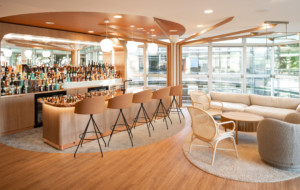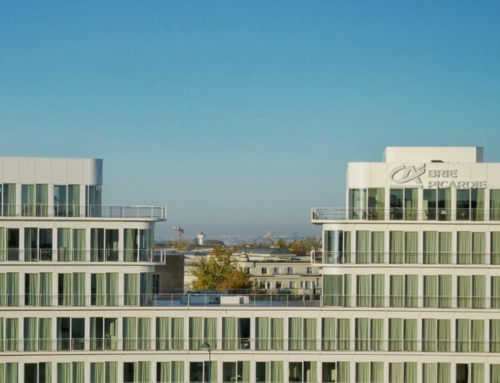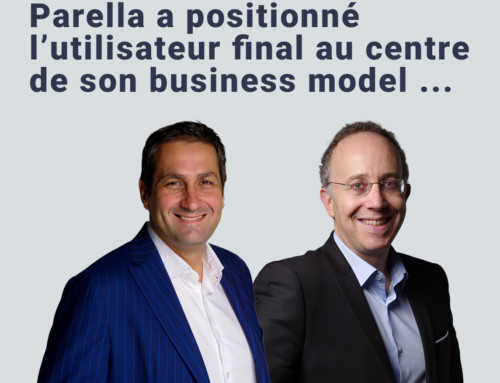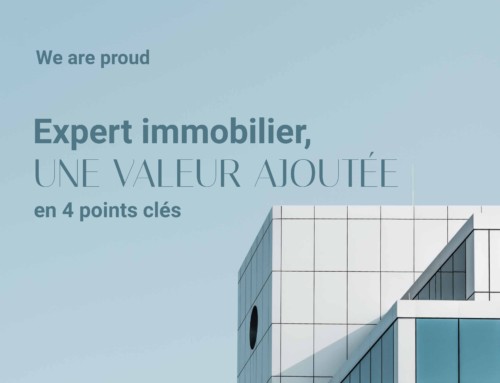5 tips for "better than home" workspaces
better than at home" workspaces
better than at home" workspaces
73% of executives are aware of the need to provide "better than home" workspaces. Why is this important for leaders to consider? And what does being "better than home" mean to employees?
With a job market in tension (large resignations, quiet quitting...)it is important to question the expectations and needs of employees. To bring employees back to the office and make them want to stay in the company, the company must offer a work experience that is different from the one at home and the benefits that can be found there.
The Covid-19 crisis has profoundly accelerated the evolution of work patterns and changed the needs of employees. For some time, the various periods of confinement limited the freedom of employees, physical team meetings and access to the outdoors, all of which had an impact on the well-being of employees.
It is for these reasons that today's employees are looking for are looking for more well-being in their work. In fact, 91% of employees think that the layout of work spaces plays an essential role in their well-being. (CSA-Parella 2022 survey conducted with 300 managers and 500 employees)
Here are 5 tips to offer your employees "Better than home" workspaces!
Enjoy your reading!
These tips should be adapted to your company's culture and vision, the available space and the specific expectations of your employees.
Offer comfortable furniture and digital equipment
equipment adapted to the hybrid work mode
equipment adapted to the hybrid work mode
As telecommuting has become more widespread not all employees have the possibility to adapt their work environment at home. The company must therefore offer in its premises equipment that promotes comfort and facilitates the work of employees. This thanks to...
- ...practical work equipment and comfortable furniture:
○ With dual monitors, ergonomic seating and adjustable desks
○ Or with diversified work positions allowing to work standing up or in a more relaxed posture, to vary between concentration and dynamic exchanges.

Thibaud Poirier for Parella
- ...dequipment and animation techniques that adapt to new working methods, and in particular to the hybrid mode: The meetings and the hybrid exchanges (a mix between face-to-face and remote) are multiplying. To make the experience more fluid and especially include more of the remote audience, thes systems audio and visuals must be efficients in the meeting rooms (projection screen, octopus...). You can also also equip your with remote animation applications such as Teams or Klaxoon to carry out your collaborative exchanges in hybrid mode.
Adapting spaces and work methods to
promote social links and exchanges
promote social links and exchanges
Do you know why employees like to come back to the office?
The primary motivation for 61% of employees like to come back to the office to talk face to face with their colleagues. That's why it's important to create the right conditions to foster relationships and informal moments. Here are some tips.
- Adapt your facilities to offer more :
○ Conviviality spaces, such as coffee points or a central cafeteria to bring employees together and encourage cross-functionality between departments,
○ Informal areas, with furniture that facilitates open-mindedness, relaxation and spontaneous exchanges, such as sofas, poufs or coffee tables,
○Collaborative spaces, for example by resizing meeting rooms and creating brainstorming and creativity spaces.

Thibaud Poirier for Parella
- Rethink your collective and individual operating methods:
○ With the deployment of telecommuting and for some companies flex-office (unassigned positions), it is essential to adapt your team rituals to maintain a dynamic and collective. For example, by proposing a common day of presence on site in order to bring the teams together.
○ To encourage exchanges, it may be relevant to review work habits. For example, on the day of presence on site, avoid chaining meetings and keep a few slots free, can allow meetings and promote social link and interactions.
Pay attention to working conditions
Employees are sensitive to the working conditions in the premises.
In order of importance, employees pay attention to:
- The presence of natural light
- Thermal comfort
- Sound insulation
- Air quality
- The presence of environmentally friendly materials
In order for employees to benefit more from natural light It is important to position workstations on the first day, with the outside environment directly visible. To optimize light, you can favor open spaces or install transparent partitions while limiting high cabinets so as not to block the passage of light.

Thibaud Poirier for Parella
For sound insulation, Solutions exist to reduce noise pollution by providing spaces for calls, such as small "bubble" type meeting rooms or by installing soundproofing panels. Noise pollution can also be caused by inappropriate use of the space. Working on the rules of life with your teams is essential to know how to live together in the office.
You can also implement a building management tool to monitor and improve thermal comfort and air quality in your offices. With the help of sensors, you can monitor and optimize the comfort level of your employees according to the occupancy rate of your premises. However, in the current context of energy sobriety, thermal comfort can be a complex subject to address. It is important to inform and give meaning to your teams on the fact that the company participates in a collective effort to reduce energy consumption.
Give priority to services that contribute to the well-being
of your employees
of your employees
Do you know the 3 most useful services according to employees? Here are the results considered most useful by the 500 employees questioned during the CSA-Parella 2022 Barometer.
- A catering offer: Following the Covid-19 epidemic and with the deployment of telecommuting, the French are more attentive to their diet and its impact on their well-being. Employees expect better quality, more transparent, local and environmentally friendly catering.
- Services directly related to well-being and mental mental health Services directly related to well-being and mental health: This can be nap and relaxation rooms, but also personal care services and para-medical services with consultation areas. Or offering entertainment services with a gaming room. Developing outdoor spaces is also a strong expectation, especially since the periods of confinement.
- Sports activities: Fighting sedentary lifestyles is an even more important issue since the deployment of telecommuting. You can provide your employees with best practices and challenges such as taking the stairs instead of the elevator. And depending on the space available and your priorities, you can offer changing rooms and showers to facilitate sports activity around the premises, or create a flexible space to organize a sports activity, such as yoga, on the premises.
To identify which services should be implemented in priority in your premises, it is interesting to question your employees to know their needs and the usefulness of these different services. You can collect their expectations via a dedicated online questionnaire or by including this question in one of your annual barometers on employee satisfaction and well-being.
Use the codes of interior design and
transmit the company's DNA through your premises
transmit the company's DNA through your premises
Finally, periods of confinement have led to new needs in terms of atmosphere in the spaces.
Using the codes of interior design allows employees to find a warm and comfortable environment in the premises. For example, by adding everyday elements that can be found at home and by integrating more elements from nature in the spaces, with plants and green walls... To go further, the company can be inspired by the codes of the hotel world, with modern reception areas, conviviality areas with a "lounge" effect, works of art or antique objects.
Moreover, the deployment of flex-office can be perceived as an individual depersonalization of spaces. But this can be an opportunity to develop more collective personalization with team photos, memorable souvenirs, but also to leave more room for the DNA and values of the company. This extra soul will reinforce the feeling of belonging and the collective within your premises. These decorative elements that symbolize the company, are not necessarily found at home.

Thibaud Poirier for Parella
If you are interested in this notion of decorative elements through objects, find here our dedicated article : Is the object the new catalyst for appropriating work spaces? - Parella
In conclusion, there are several levers to offer work spaces "better than at home" and thus attract and retain talent.
Offering a "better than home" experience To offer a "better than home" experience is to have benefits on the premises that are not necessarily found at home: Using furniture and equipment that adapt to the way people work, being able to exchange with colleagues You can use furniture and equipment that are adapted to your work style, interact with your colleagues face to face, enjoy comfortable working conditions, have access to services that promote well-being and work in warm spaces that reflect the company's DNA.
It is not always easy to know which levers to activate to satisfy your employees and offer them a "better than home" experience. Having experts in change management and new ways of working accompany you can help you define the vision of your project. Our People & Transformation team is at your disposal to analyze your needs and answer your questions.
Sources: The figures mentioned in this article come from our 2022 barometer on work spaces and work styles
Follow us on Linkedin to benefit from the next articles, between deciphering and market views of our experts.






